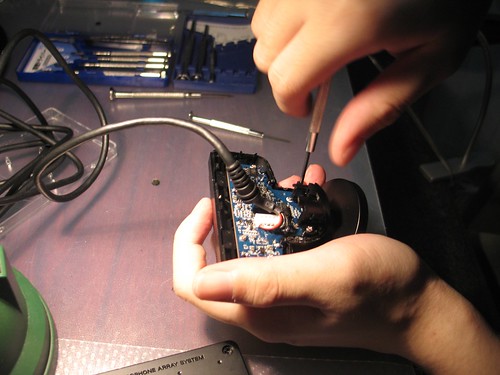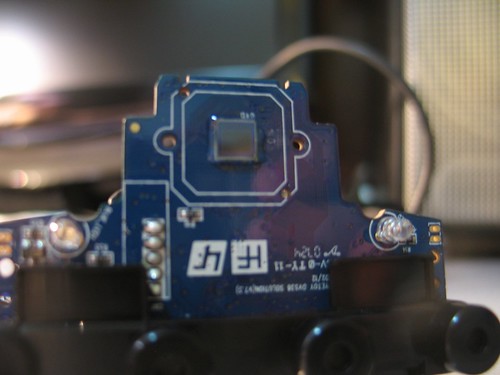Sunday, July 25, 2010 4
Preliminary Testing
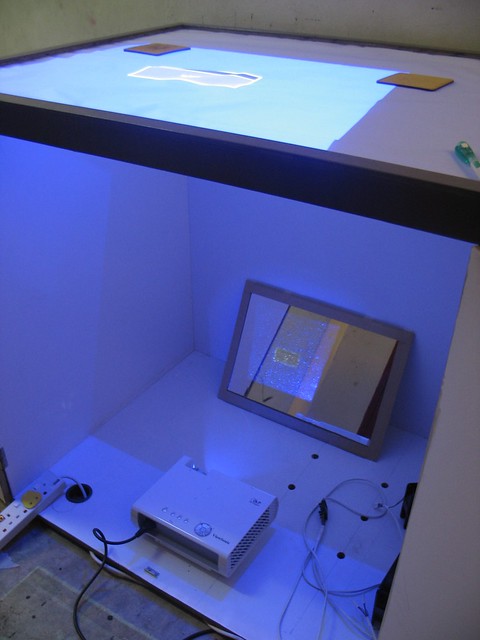
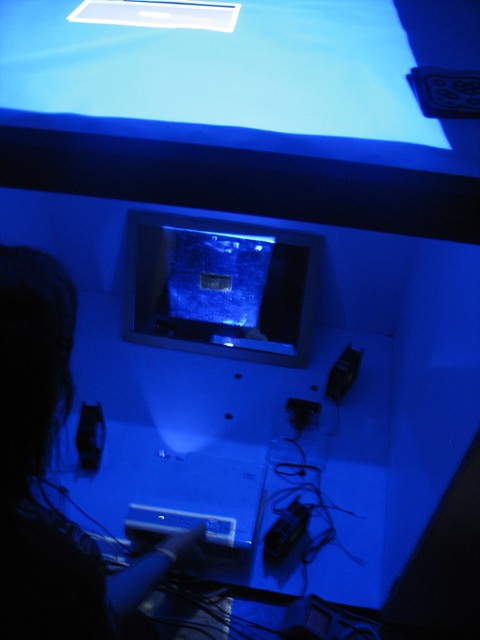

25 JULY: me and dominic conducted the first preliminary hardware tests within the actual physical box which will be used in the exhibition. the following discoveries were made:
- IR light reflects somewhat differently from visible light. rather than defusing in the same way that visible light usually defuses on normal surface, it bounces straight off some surfaces which might be expected to absorb visible light, like cardboard
- even though you cannot see IR light, IR LEDs still get very hot if left on for long. also, projectors get very very hot as well, so computer fans and good ventilation/air conditioning will be ESSENTIAL in a DIY tangible table setup
- infrared light hotspots (insufficient diffusion and spotlights instead) adversely affect the detection of fidicuals
- accidentally sticking your finger inside a computer fan does not actually result in injury or death
- tracing paper will warp with moisture over time. an additional acrylic sheet is essential for holding down tracing paper and for improving sensation of touch on the touch surface.
- using developed film as a "poor man's IR filter" is not effective enough for the use of a tangible touch table which wants to detect fidicual symbols. purchasing specialised IR filters and additional focal lenses will be crucial to the success of the project.
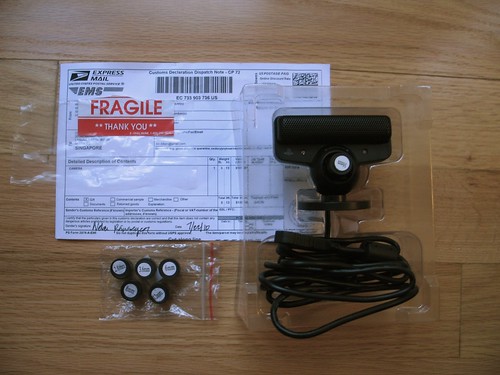
29 JULY: After significant wrangling and wrestling with Singpost's Speedpost service, I received the 2nd PS3 eye camera with m12 mount with 850nm IR filter and set of lenses ranging from 2.8mm to 16mm. (these were purchased online from peauproductions, which stocks a lot of essential equipment for DIY touch surfaces)
With the 16mm lens, reactivision can now detect 3cm fiducials at a range of 1 metre!
footnote: i assumed i needed the BIGGEST lens initially, but later dominic showed me that the smaller lenses could SEE MORE, and the final lens we went with for our table was 3.6mm






